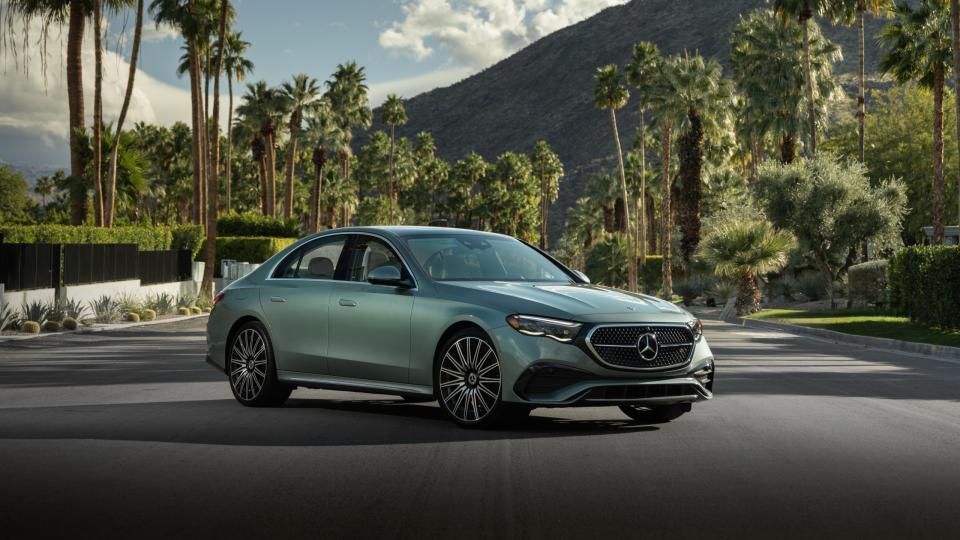For Tax Reasons, You Can Get a 1.5L Mercedes-Benz E-Class in Turkey

Nobody likes paying taxes. From the one-percent of the one-percent bazillionaires to the poorest of the povvo—nobody. But, like death, it’s inevitable. And some folks got it worse than others. Case in point: new car buyers in Turkey where new vehicles are subject to the Special Consumption Tax (SCT), which taxes cars based on engine size. As Motor1 recently reported, this is why vehicles like a 1.5-liter Mercedes-Benz E180 and a 1.6-liter BMW 520i exist in Turkey. Stateside, a 2.0-liter turbo-four is the base engine for both models. In Turkey, these smaller engines mean buyers “only” have to pay a measly SCT of 80%. No, that’s not a typo. Eight. Zero. Eighty. In Turkey, every vehicle that costs more than the equivalent of about $6,100 (i.e. every new car) is hit with a base SCT of 80%. Keep your engine smaller than 1.6 liters and that’s all the SCT you’ll pay. Go for something bigger like, say, a 2.0-liter, and the SCT jumps to an eye-watering 150%. Dare to purchase a V6 or a V8 or, really, any engine shaped like a V and it’s a 220% SCT. Translation: Cars are really expensive in Turkey. Hence, the tiny motors in big sedans like the E-Class and 5 Series. BMW Oh, by the way, this is before the 20% VAT on imports. Because, of course, there’s more! So, how much should Turkish citizens expect to pay for that underpowered E-Class with 168 horsepower and 184 lb-ft of torque? About $137,000. (In the U.S., a 2.0-liter E350 starts at $63,450) Time to invest in good walking shoes. Without getting too deep into Turkish history, since the ’80s and ’90s, the country saw its share of crippling financial crises and natural disasters. Its economy was undoubtedly restructured. Throughout the years, dozens of indirect taxes were abolished or combined into value-added taxes (VAT). One of these is the SCT. Covering four main product groups, of which vehicles are one, the one-time tax is applied at the time of purchase. Previously, vehicles were taxed by weight, per the vehicle purchase tax. Because the SCT replaced it, new vehicles are now taxed based on engine size. One can only imagine automakers selling whole family cars with all of the passenger seats removed if the powers that be started taxing cars based on seating capacity instead. Got tips? Send ’em to tips@thedrive.com

 Yahoo Autos
Yahoo Autos 